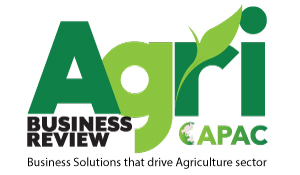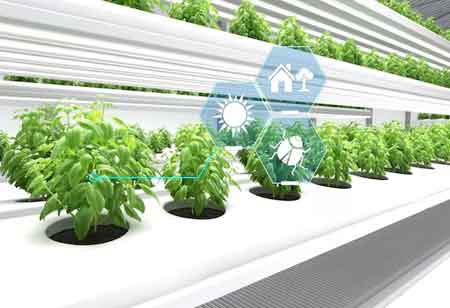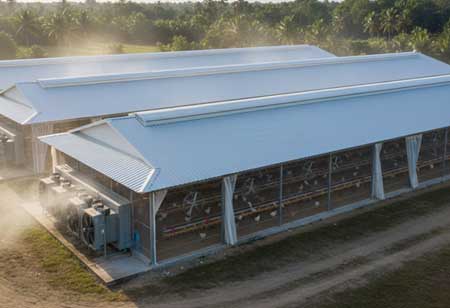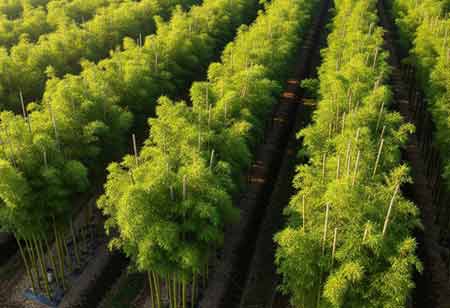Thank you for Subscribing to Agri Business Review Weekly Brief
Smart Farming With Agricultural Technology
Agriculture is a basic need for Human beings.
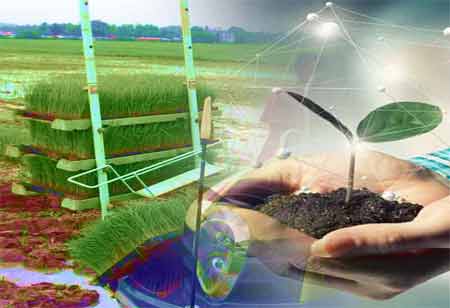
By
Agri Business Review | Wednesday, December 07, 2022
Stay ahead of the industry with exclusive feature stories on the top companies, expert insights and the latest news delivered straight to your inbox. Subscribe today.
Wide use of resources such as land, fertilizers and water has improved farming capacity rapidly but stressed our landscapes.
FREMONT, CA: Agriculture is a basic need for Human beings. The agricultural revolution is one of the key reasons for the formation of human civilizations. Additionally, growing food by ourselves gave us leisure time to follow art and science, resulting in modern society's birth.
Wide use of resources such as land, fertilizers and water has improved farming capacity rapidly but stressed our landscapes. By some estimations, world food production requires to rise of 70% to satisfy global demand. It is up to technology to make farming more effective and satisfy rising global demands.
Smart Agriculture
Smart agriculture is a farming management idea that directs farmers to convert and redirect agricultural systems to ensure food security in an ever-changing climate. The basic approach of smart agriculture is to improve agricultural productivity and profits and decrease greenhouse gas (GHG) emissions.
The smart agriculture market is activated by the rising uncertainty of the global climate, yet the high cost of executing it might hinder its demand.
IoT in Agriculture
Today's farmers have entry to GPS technology, soil scanning, water, humidity, sunlight, temperature management, automatic water sprinkling, data management, precision agriculture, and IoT technologies.
Data and IoT-based smart farming is the tomorrow of agriculture. Farmers can record real-time data on the soil condition, the soil moisture, and the amount of sunlight the plants acquire with sensors on tractors and fields. Studying the data gathered will give farmers the insight they require to feed the world more smartly.
Machine learning and Analytics
AI and machine learning can offer dependable information to farmers to decide which seeds to buy, how many to plant, and which fertilizers or nutrients will yield the best outcome in different regions.
In addition, machine learning can forecast which traits and genes will suit crop production at a certain time of the year, giving farmers the best breed for their location and climate. Moreover, machine learning techniques that utilize satellite data to differentiate between crops deliver valuable information for crop insurance and commodity markets.
Crop spraying: Drones scan the ground and spray fertilizers five times more quickly than conventional machinery.
Planting seeds: Drone and robotic planting systems shoot seeds and nutrients into the soil, providing all nutrients required for growing crops, by which planting costs have dropped by over 85%.
Crop scanning: Drones can scan a crop through visible and near-infrared light to follow changes in plants and show their health, alert farmers in case of disease, and take quick action.
